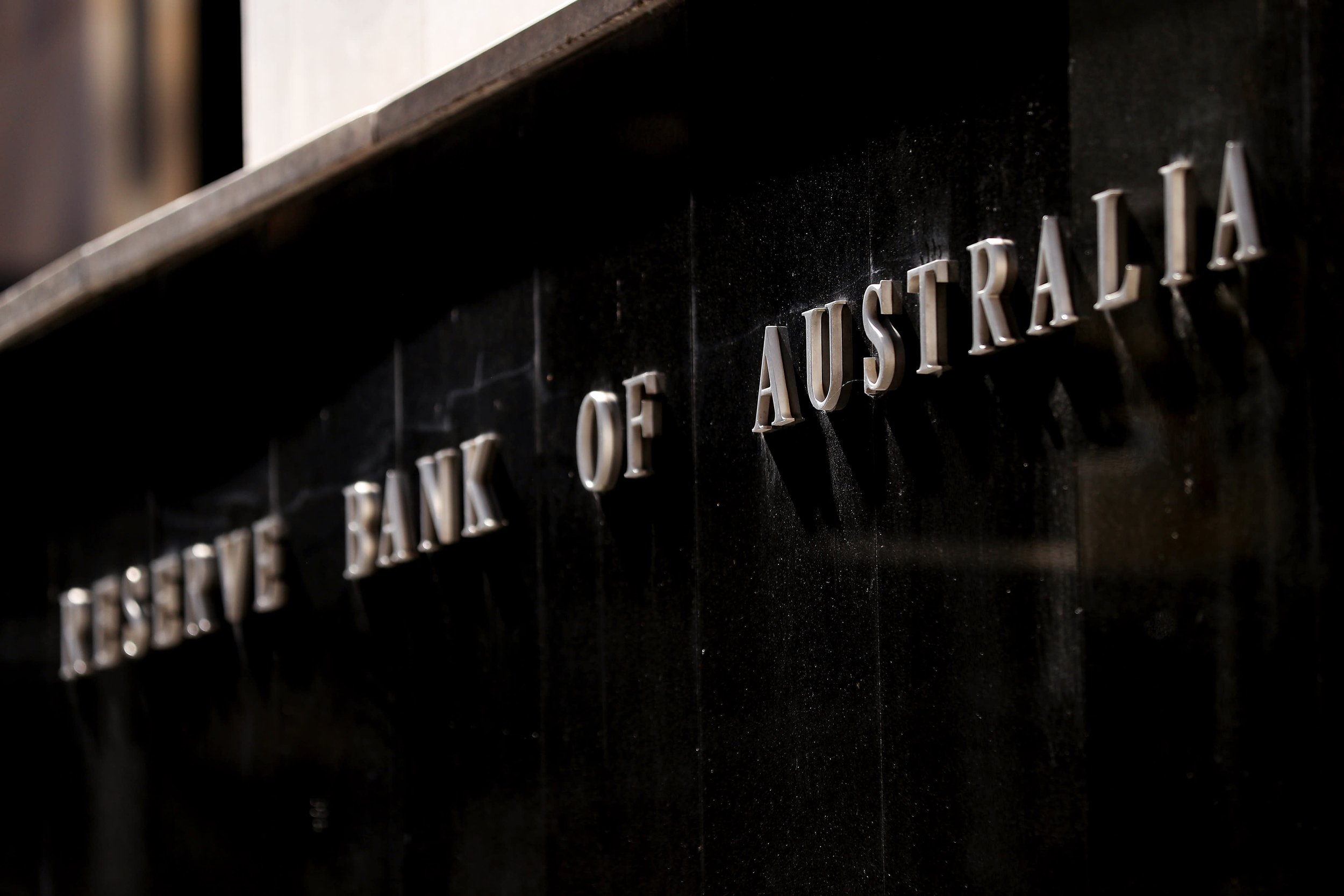Australian Government Throws Its Digital Hat in the Ring With eAUD Pilot Program
CANVAS and NotCentralised were among the firms chosen by Australian regulators to trial central bank digital currency uses

As Governments around the world grapple with how to regulate crypto assets, there is a case for a form of digital currency that promises greater efficiency, around-the-clock banking and lower transaction costs. It comes in the form of central bank digital currencies, of CBDCs. Australia is the latest government to explore this use case.
CDBCs are digital twin currencies that are valued at the fiat equivalent of that economy (eg $1AUD = 1eAUD) and regulated by the central bank of that country. They are seen by many as a solution to offset the volatility of cryptocurrency and a safer alternative to stablecoins, which although pegged to a reliable currency like the U.S. dollar are managed by private entities like Tether, Circle with USDC and Binance, which comes with risk. While it was an algorithmic stablecoin, the 2022 Terra (LUNA) collapse exposed vulnerabilities such as de-pegging and crashing.
For crypto degens, the idea of central entities like governments and banks having any part of the digital currency revolution flies in the face of why cryptocurrency was invented in the first place. CBDCs offer the possibility of the government knowing every purchase a consumer makes with the potential to restrict purchases for goods or services the government disproves of.
However, the reality is that the volatility and scams associated with crypto have forced the hand of governments around the world to step in and regulate the industry. In the process, government’s have also cottoned on to the huge potential of controlling the narrative on digital currency by becoming dominant players in the space themselves. According to the International Monetary Fund, “half of the world’s central banks are now exploring or developing digital currencies.”
On March 2, Australia’s regulator, The Reserve Bank of Australia, in collaboration with the Digital Finance Cooperative Research Centre announced that 14 providers have been selected from 140 submissions for an exploratory pilot program into a central bank digital currency, known as eAUD.
Among the providers selected are CANVAS and NotCentralised, both of whom DeCential interviewed in 2022. Other firms include Mastercard and the Australian Bond Exchange.
CANVAS will use the pilot to demonstrate the benefits of using eAUD for 24/7 tokenized foreign exchange (FX) transactions. It hopes to address the current problem of traditional FX trading and remittance networks that don’t operate all the time. thereby restricting capabilities for instant trade and transfers globally. It will select a group of participants to trade eAUD for foreign currency stablecoins, including USDC, settling all atomically with no counterparty risk, according to its profile on the DFCRC website.
“The eAUD pilot program is a critical development for digital finance in Australia,” said David Lavecky, co-founder and CEO of CANVAS. “CBDCs such as eAUD are fundamental building blocks of a digital economy and enable instant, secure and low cost transactions.”
He added, “There is no suggestion that the eAUD or other CBDCs will replace cash now or in the future but the consideration of digital currencies is exciting for the entire sector.”
NotCentralised will use the pilot to address supply chain disruption, opaque transparency and payment disputes within the construction sector. It plans to explore a use case for programmable payments in eAUD using digital escrow plus proof of reserves, according to its profile on the DFCRC website. CANVAS is also supporting this use case as one of the parties named.
"We're proud to be part of the pioneering group that will evolve how financial systems could work and the potential this has to deliver more economic opportunities for Australians,” said Mark Monfort, co-founder of NotCentralised. “We are working on this with real clients and are excited to see this come to life."
The pilot will proceed over the coming months, with the Reserve Bank of Australia expecting to report on its findings by mid year.
